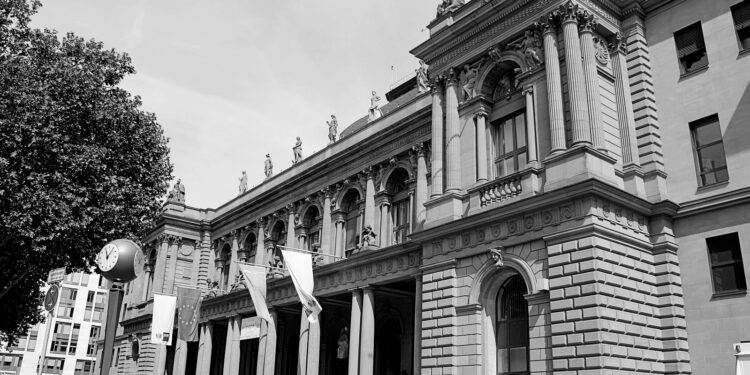The Frankfurt Stock Exchange, also known as the FSE, has a rich history dating back to the 16th century. Originally founded in 1585, the FSE has grown to become one of the largest and most important stock exchanges in the world, with a market capitalization of over €1.5 trillion.
One of the key events in the history of the FSE occurred in 1949 when the exchange was reopened after being shut down during World War II. Since then, the FSE has been instrumental in the growth of the German economy, providing a platform for companies to raise capital and investors to trade securities.
In recent years, the FSE has embraced modern technology to improve its operations and increase its global reach. In 2012, the exchange launched Xetra, an electronic trading platform that has become one of the most advanced in the world. Xetra allows investors to trade stocks, bonds, ETFs, and other securities in real time, 24 hours a day.
Despite its modernization, the FSE still retains some of its historical charm. The exchange is housed in a beautiful neoclassical building in the heart of Frankfurt, and visitors can take guided tours to learn more about its history and operations. The FSE also hosts a variety of events throughout the year, including seminars, conferences, and exhibitions.
In addition to its role as a financial center, the FSE has also played an important role in the cultural life of Frankfurt. The exchange has hosted concerts, art exhibitions, and other events over the years, and its iconic building has become a symbol of the city’s vibrant culture and history.
Overall, the Frankfurt Stock Exchange is a fascinating institution that combines the best of tradition and innovation. From its humble beginnings over four centuries ago to its current position as a global financial powerhouse, the FSE has played a vital role in shaping the world of finance and business.
Source: newshub/ChatGPT



Recent Comments